The signs say Heywood & London - Ames Crosta Mills and Co Ltd.”
|
Angie Morris-Harman has posted these images of the building of the sewerage bridge between Bartonsham and Rotherwas on Facebook. “The photos were taken in the late 1950s, early 1960s,” she writes. “My dad Bob Harman and his cousin Herby Jones are in most of them. The signs say Heywood & London - Ames Crosta Mills and Co Ltd.” Click pictures to enlarge
0 Comments
Do any of you have any memories or pictures of the old Parish Hall that used to be on Eign Road?
Looking back, the Hall had played a key role in the local community. From puppy training to jumble sales, St James’ Parish Hall on Eign Road was once a thriving hub of activities. Faith Ford recalls: “Our elder daughter attended a fantastic nursery/playgroup run by Mrs Stafford there in the mid 1970s and later another good play school; Rainbows, was run from there. It was refurbished in the 1980s, when the Hall was home to junior and senior youth clubs with activities like table tennis, iceskating trips, and holiday clubs run by Rev George Fleming - cheap to attend, with fancy dress competitions and trips included! Faith also remembers: “Both school and church hosted social events there with pantos and shows while Mrs Charles from Park Street ran ballet classes. I recall Park Street’s Margaret Butcher, in the role of Maria, singing with children to a Sound of Music song while George Fleming did a comedy drag act in the same show! “ The St James Parish Hall was, controversially, sold for development by the Church in the early 1990s. Later the old Vicarage was converted to a community centre by the RVS in 2005, but sadly this is now closed. Please send us any of your memories. Just click on 'Comments' below, to open the link. The former vicarage in St James was built in 1872.
The vicarage was the third architectural element in a classic Victorian troika of church, school and vicarage, which form the heart of this part of Bartonsham. It stands on land once part of the Bartonsham prebend held by the Cathedral, close to the old hospital. The hospital served the community until the late 1700s when it became first a lunatic asylum and later Herefordshire’s General Hospital, where the the vicar of St. James was also chaplain. The surrounding parish of St. James, meanwhile, was formally constituted on December 7, 1869. The new church was consecrated in May 1869 while construction of the vicarage, funded by a mortgage on glebe land, started a year later. The first rector, Reverend Joseph Sutcliffe Partridge, waited in vain for its completion. He died in 1871 at his lodgings in Burghill Villas, St Owens Street and it was left to his successor, the Rev. Richard Powell, to source a £210 loan from the Queen Anne’s Bounty to complete the building in 1872. The long-serving clergyman, Revered Frederick John Landsell secured another loan for the Vicarage from the Bounty in October 1929 for an extension (located where the current lift stands). The old Vicarage in Vicarage Rd, St James was vacated by clergy when a new Vicarage was built on church land in Green Street. The building was taken over by the Womens Royal Voluntary Service (now the RVS) and in 2005 it was converted into a £1m community centre. The various community services included a day centre, playschool, meals on wheels and café. These services from the RVS building have been gradually run down from around 2010. The building is currently empty and its future is uncertain. St James School This was founded on June 11 1896 by Rev Henry Askwith along with vicars from six other parishes including St Peters and St Martins. The current incumbent at St James still sits on the school board of governors. The Women’s Royal Voluntary Service The vicarage was sold at auction in October 1963 by auctioneers Sidney Phillips and Son and C. L. Marriott to the then Women’s Voluntary Service for £5,100. The WVS used it as a base for a Meals-on-Wheels service, a residential club, clothing store and for the local scout troop. The centre was modernised and became a flagship learning centre (one of the first of its kind in the country) with its day centre, community café and fully equipped computer rooms. The Fourways Nursery was also housed in the same building. Old Link to Royal Voluntary Service Hereford Community centre. Now out of date. Does anyone have any old photos of St Owen Street, especially around The Victory? asks Tony Smith (yanto_386@icloud.com), formerly of 96 St Owen Street.
His great grandfather, Charles Vaughan was born at ‘Lambs Corner’, St Owen Street in 1864. Charles, who died in 1938, was a hawker, “quite a common trade at the time. He also served in the army for twelve years, seeing action in the Sudan crisis of 1885. “Charles married Anni Bridges in 1893. She was born in St James Street and lived at Number 1, The Yard. It’s my belief that The Yard was directly next 96 St Owen Street, which is now, I believe, flats. The next house, which belonged to my cousin’s for some years, was next to The Victory, formerly The Bricklayers.” Dinedor and Rotherwas Explored (£12.95 Logaston Press) produced by the Dinedor Heritage Group is a voyage of discovery. A comprehensive, informative and well-researched book, revealing so much hidden history, from the Neolithic “ribbon” to the WW2 Dinedor Secret Army Patrol with their accounts of what they would do if the Germans landed.
There are poignant stories, one of which is Ken Hursey’s, aged 16, who was the sole survivor of a second bomb that, in 1942, ricocheted off the sheds of the Rotherwas Munitions Factory and hitting Moorlands, killing all members of his family. A chapter is devoted to the big estate, Rotherwas House, mentioned in the Domesday Survey of 1086, but of which very little remains today. The Bodenham family owned the estate around middle of 15th century and did so for another 450 years. Some fascinating facts and figures are listed in A Hundred Years of Dinedor Occupations 1851 – 1951 – wheelwrights, millers, coopers, carpenters, shoe and nail makers, all of whom lived in Dinedor and carried out their occupations from their homes. Julie Orton-Davies’ chapter on Rotherwas Munitions Factory tells the stories of the Canary Girls, so called as the TNT and picric acid turned their hands and hair yellow. The women, 6,000 of them at the peak of WW1, came from all over the British Isles. Much has been explored in this excellent publication and wets the appetite to explore even more on foot or bicycle across the Greenway Bridge, along the cycle path, passing the eerie remains of the munitions buildings and on to discover the gem of Rotherwas Chapel. Review: Eileen Klotz |
StoriesWe'll be posting stories and snippets of information here as they come in. We've organised it as a blog so that you can easily see stay up to date with the latest discussions and add your own information or comments. If you have a relevant photo or document, please email these to us on web@bartonshamhistory.org.uk thanks. Categories
All
Archives
May 2021
|
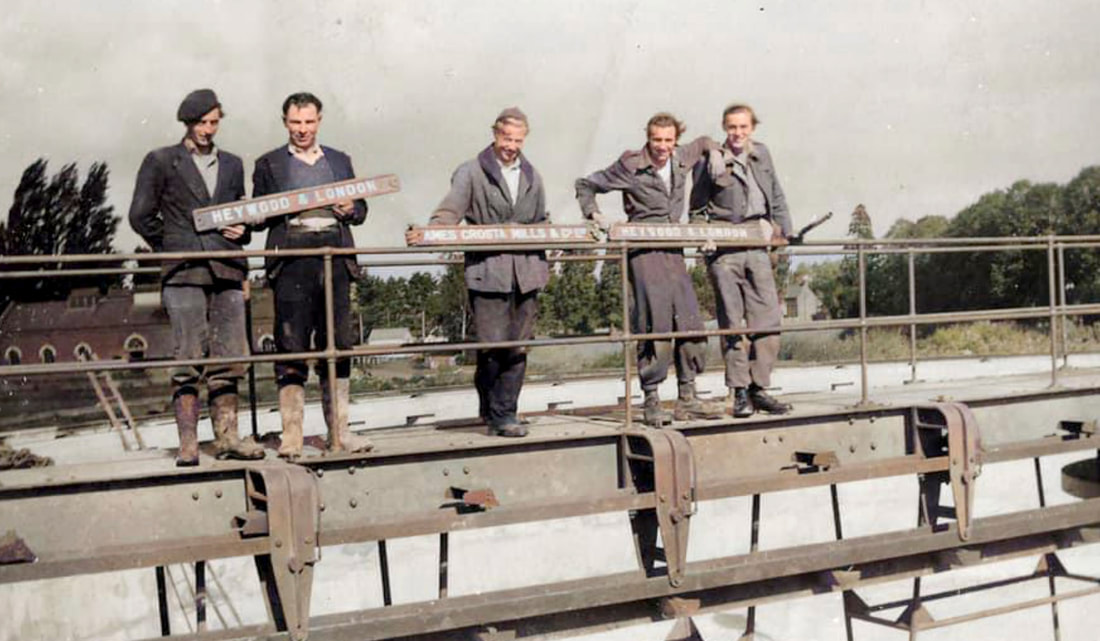
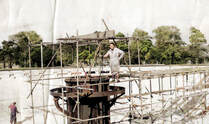

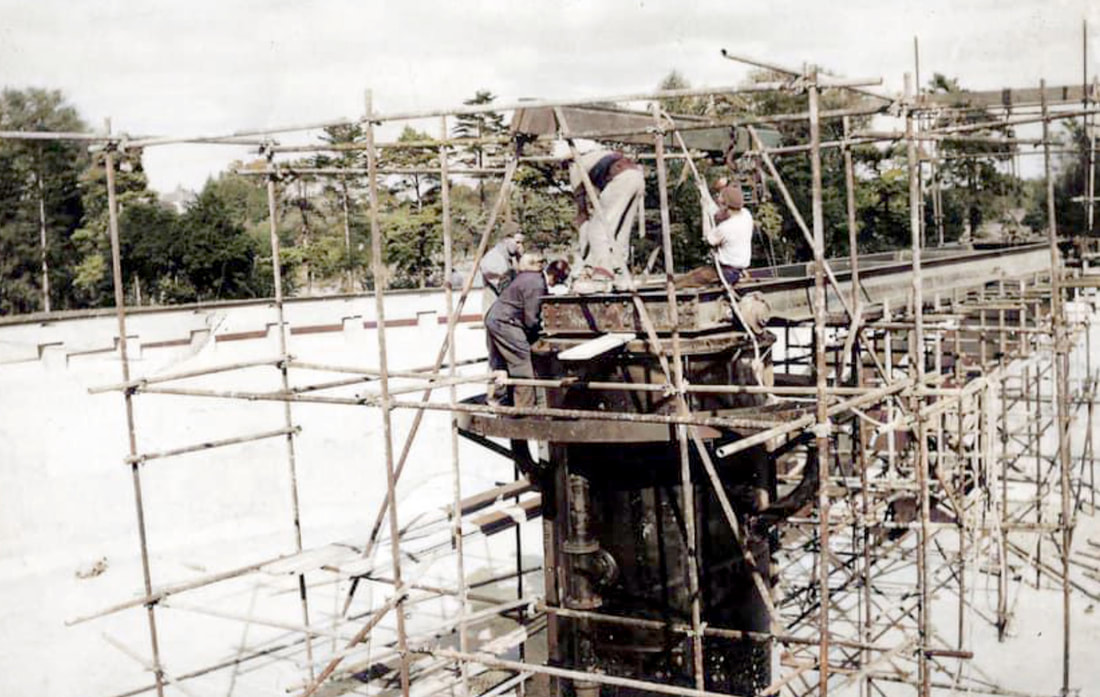
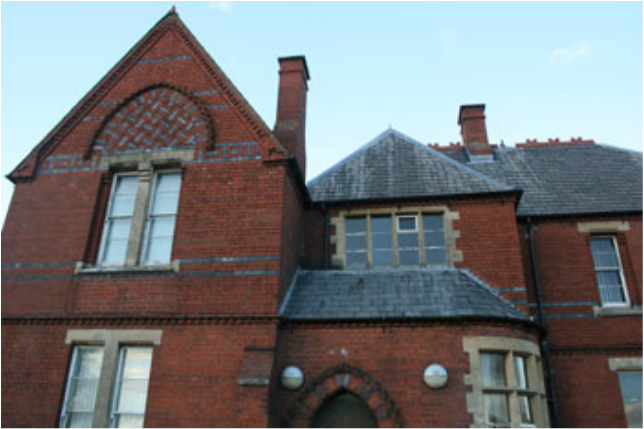
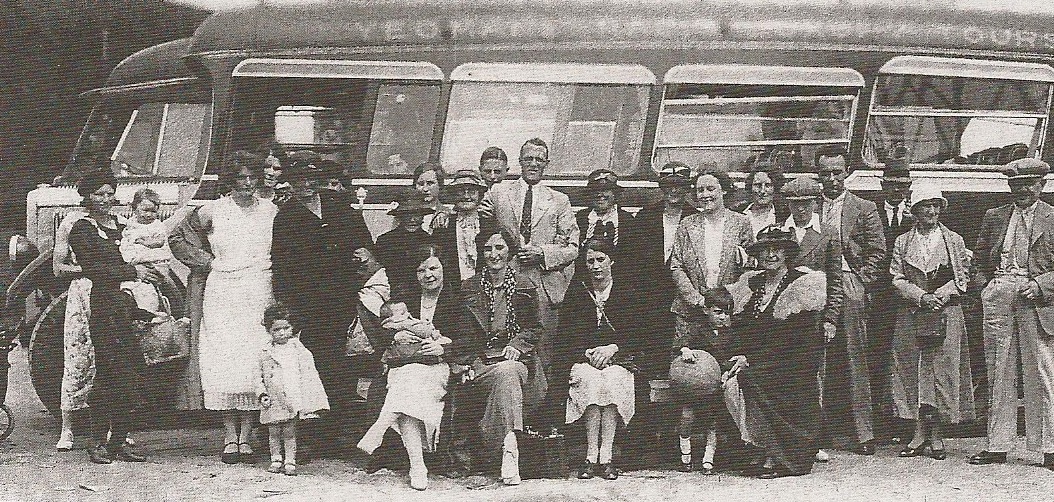
 RSS Feed
RSS Feed
